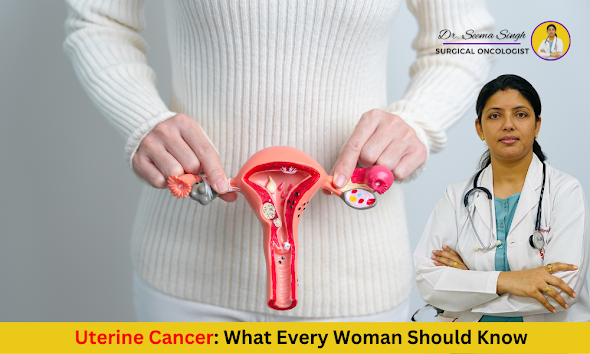Breast Cancer Surgery: Past and Present
.png)
Breast cancer is a common type of cancer that affects women worldwide, accounting for about 13.5% of all cancer cases in India. It is increasingly affecting younger women as well. Surgery is the main treatment for localized breast cancer, often combined with other therapies like chemotherapy, hormone therapy, and radiation. Over the years, there have been significant advancements in breast surgery aimed at improving patients' quality of life and ensuring their safety. In the past, most women with breast cancer underwent mastectomy (removal of the breast). However, now, 50-70% of patients can have breast conservation surgery, where only the tumor and surrounding area are removed, preserving the breast. This is possible for many early breast cancers and some locally advanced cases with the appropriate use of chemotherapy before surgery. Oncoplastic surgery principles are used to maintain the breast's appearance and feel as normal as possible after tumor removal. This involves sur
.png)
.png)
.png)
.png)
.png)
.png)